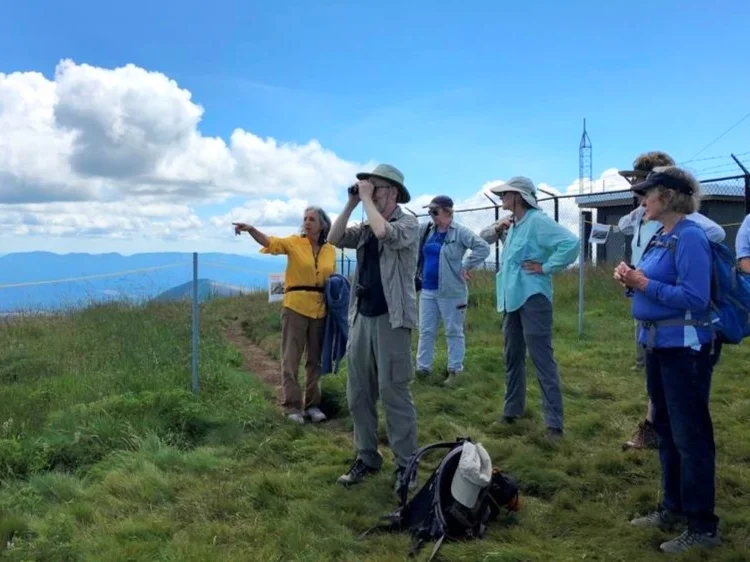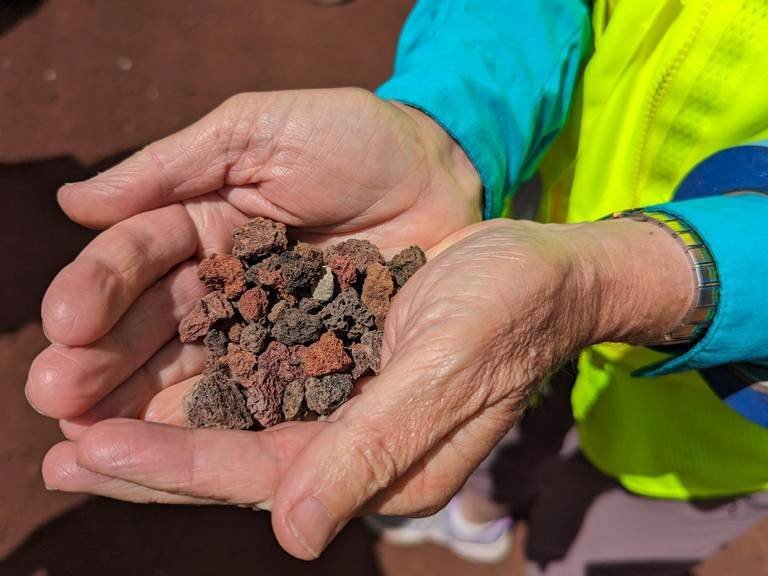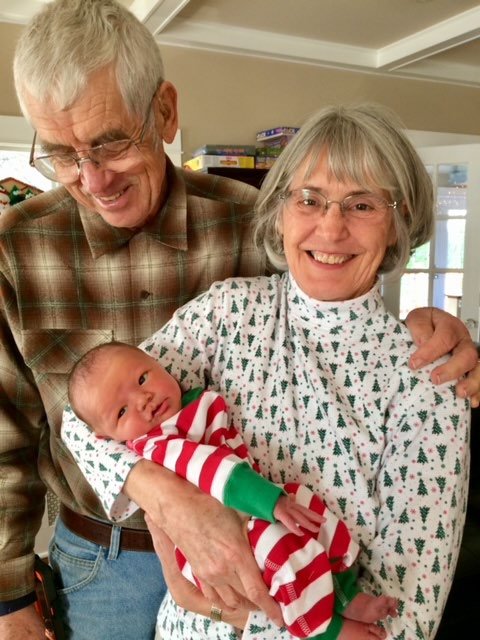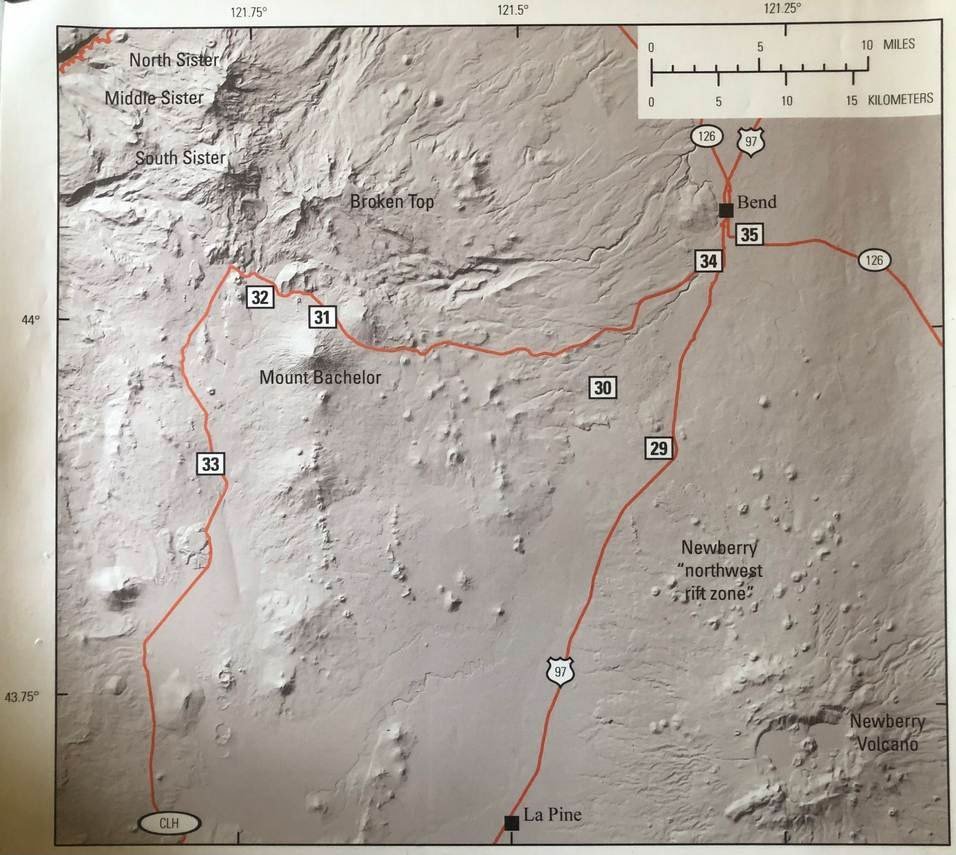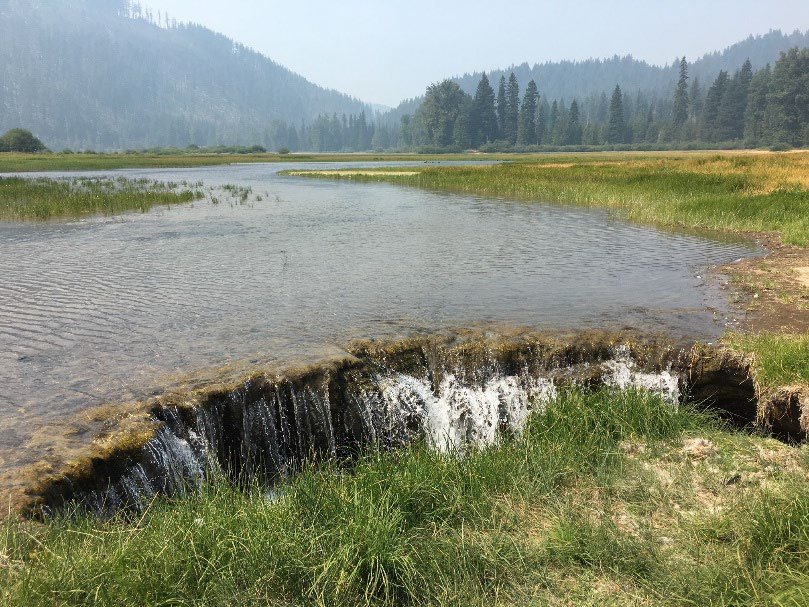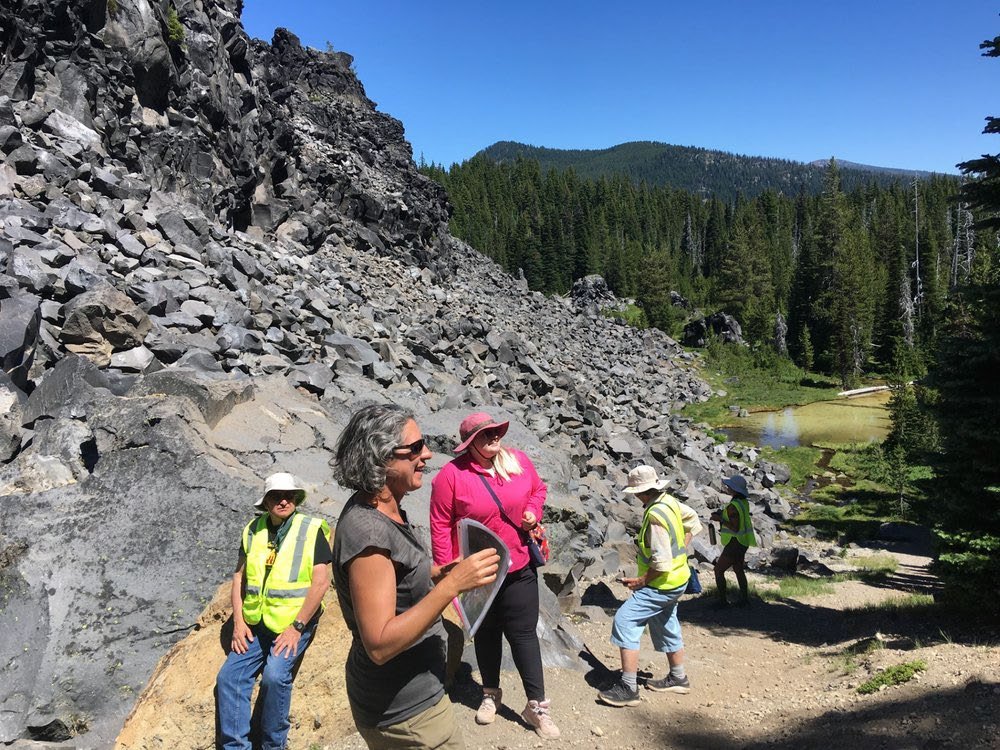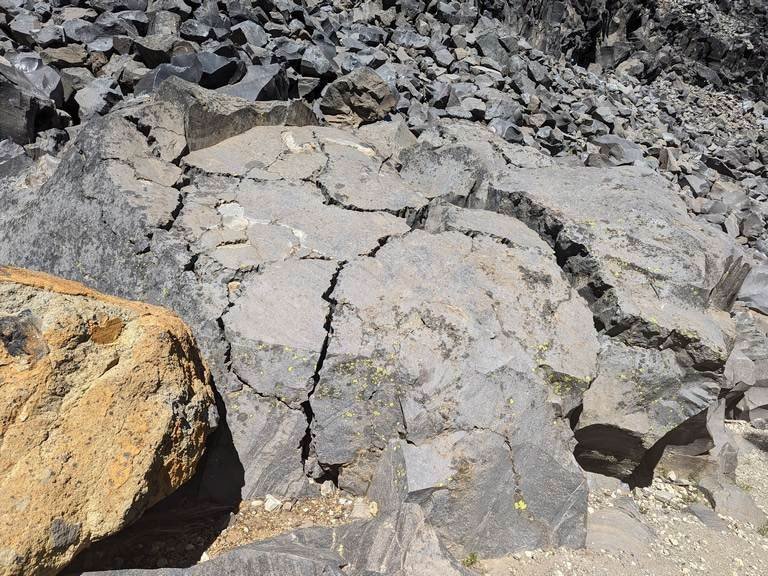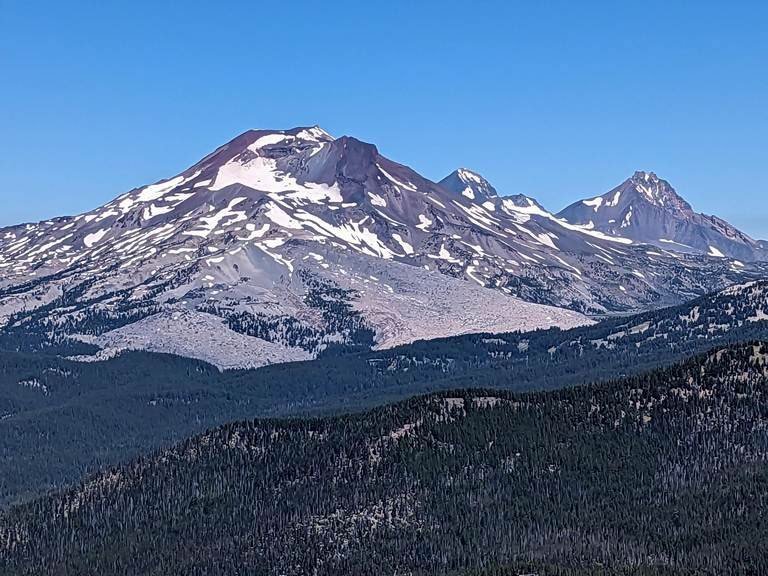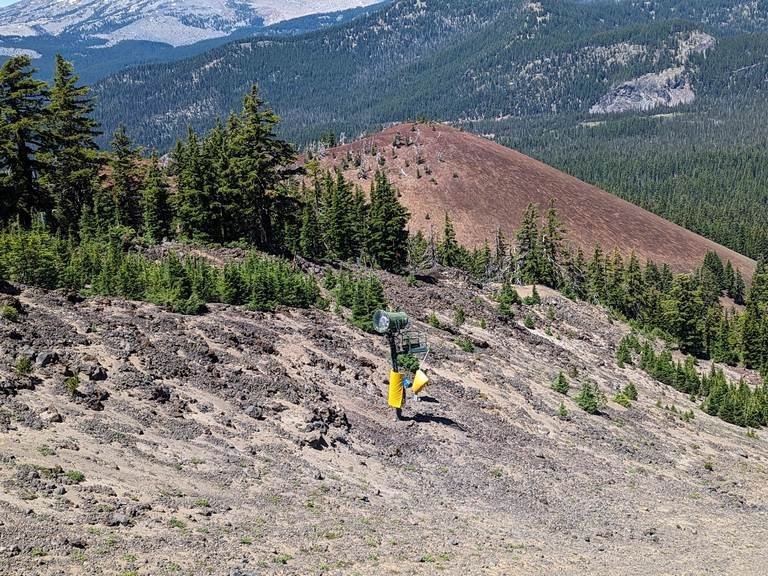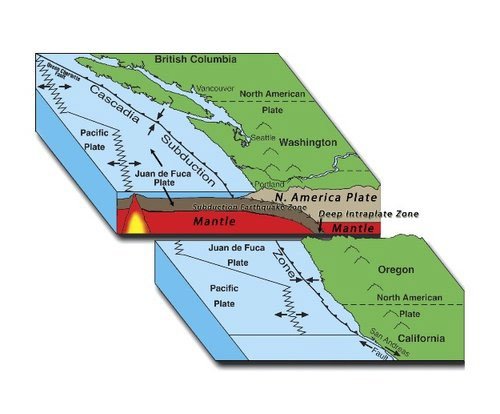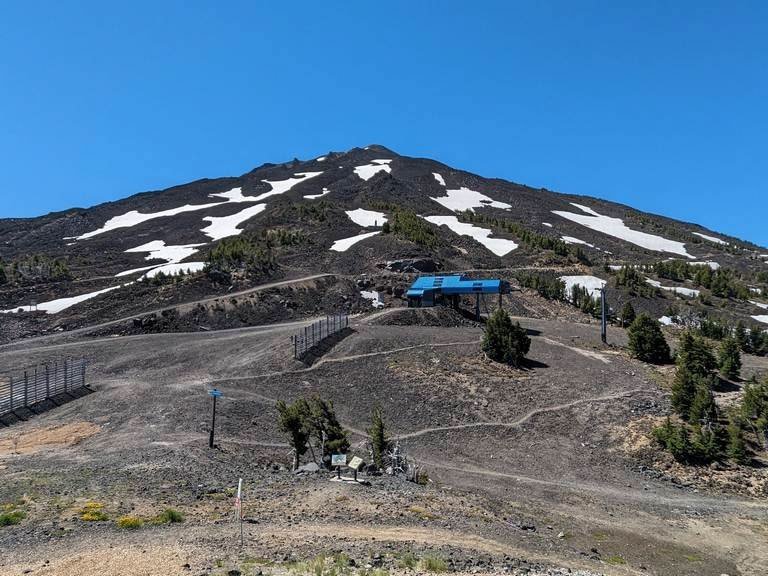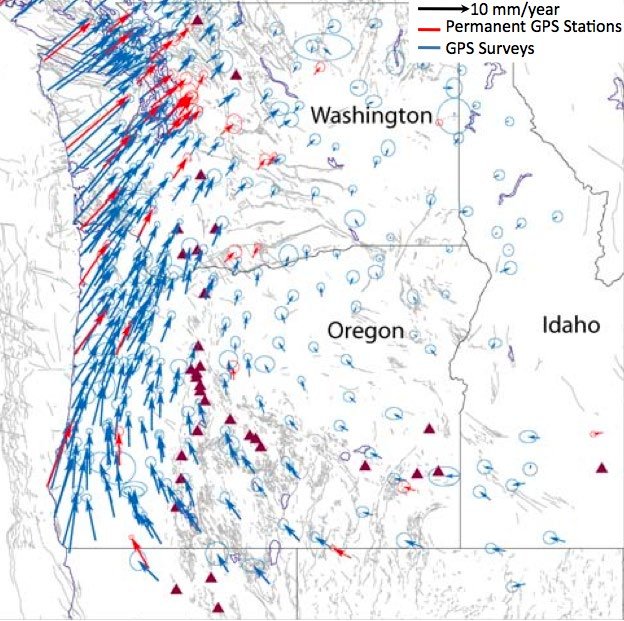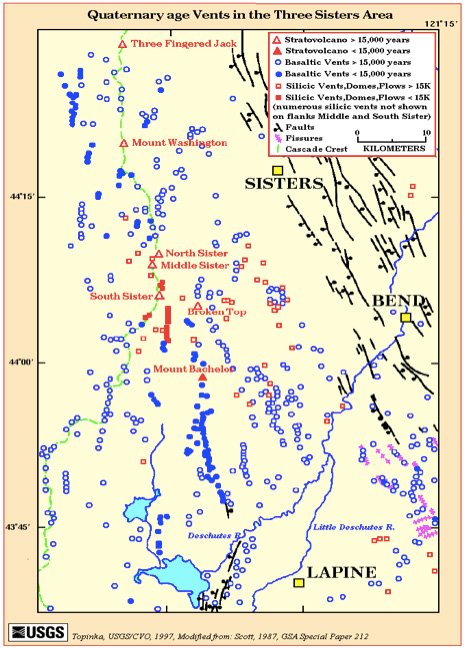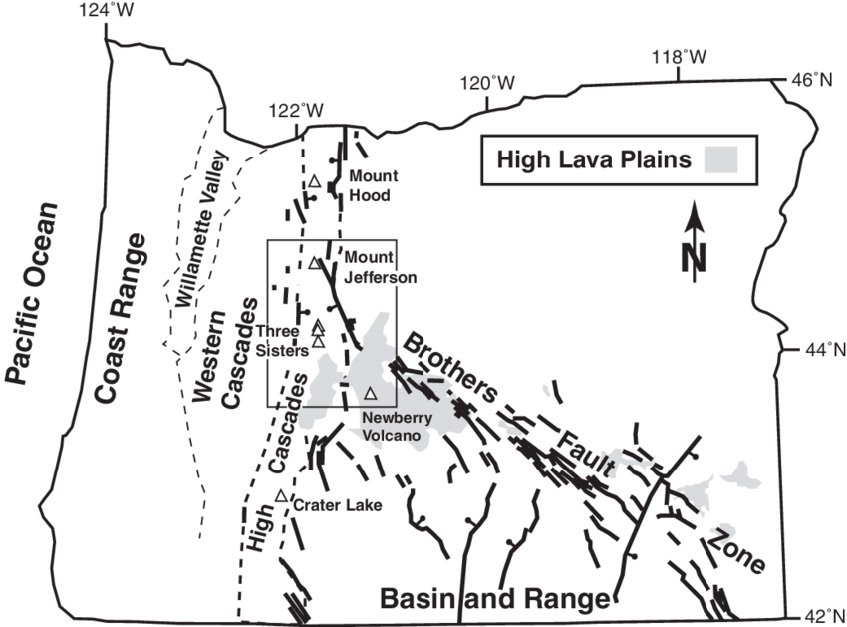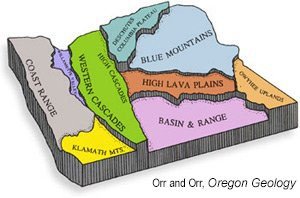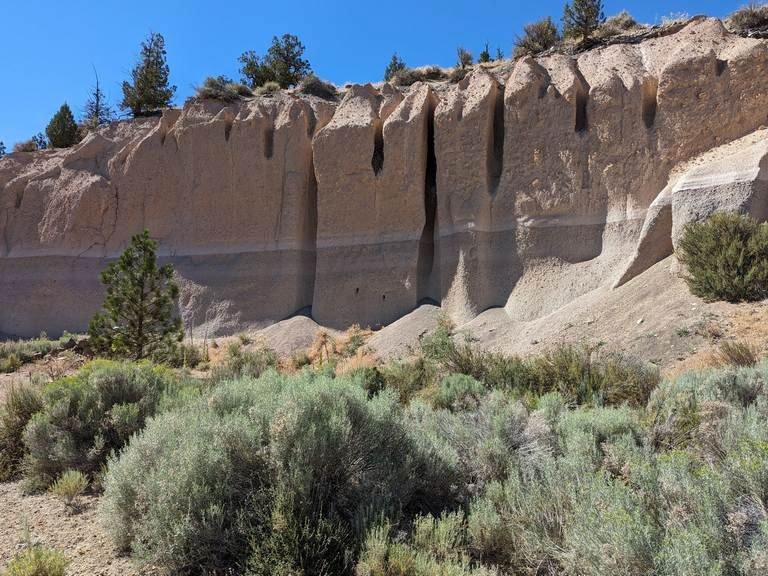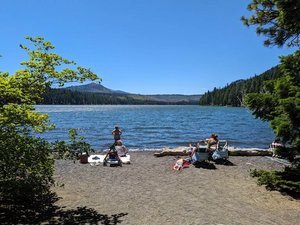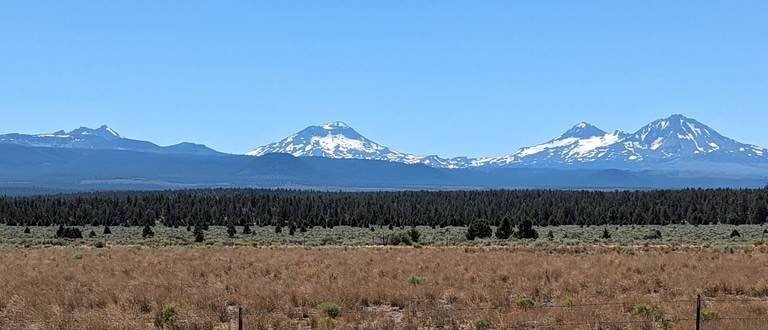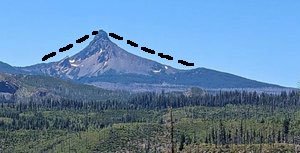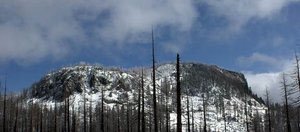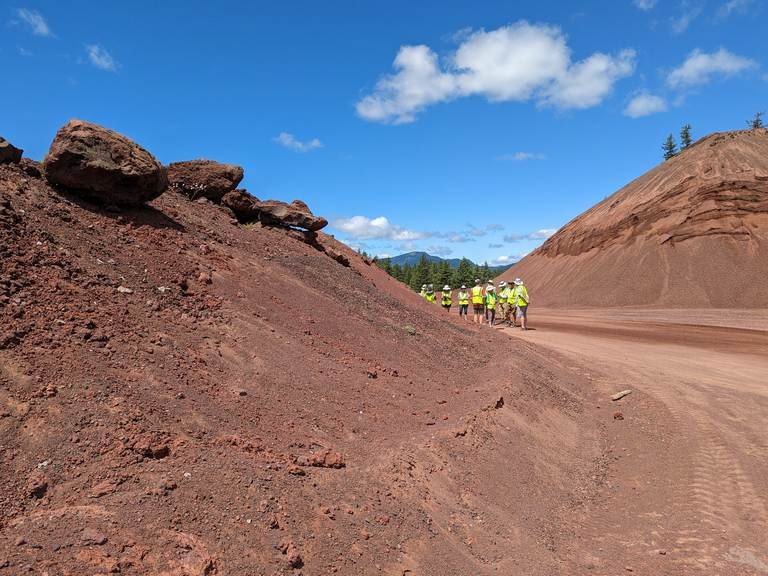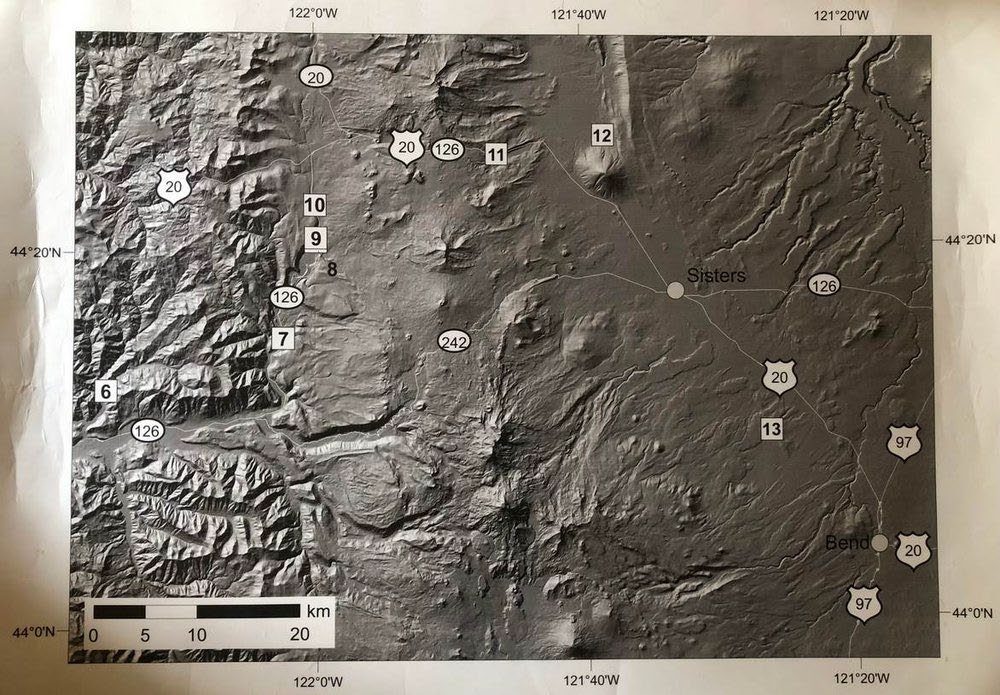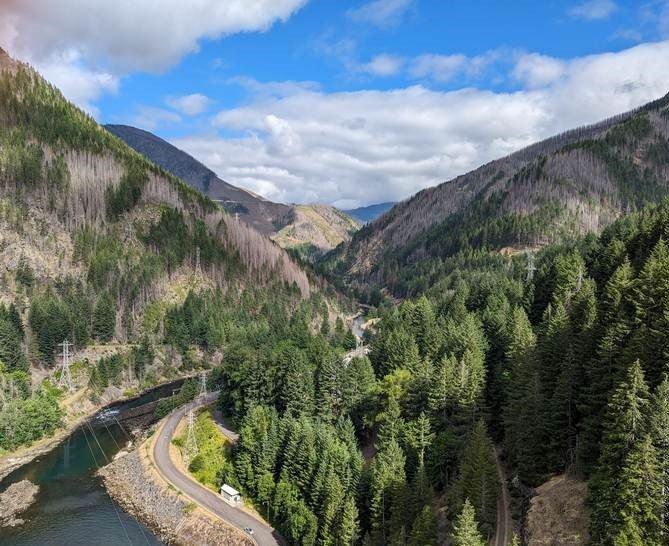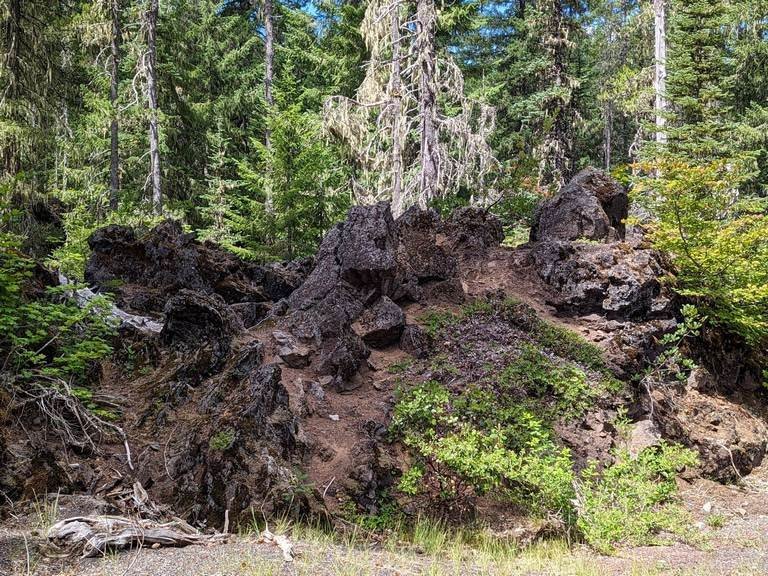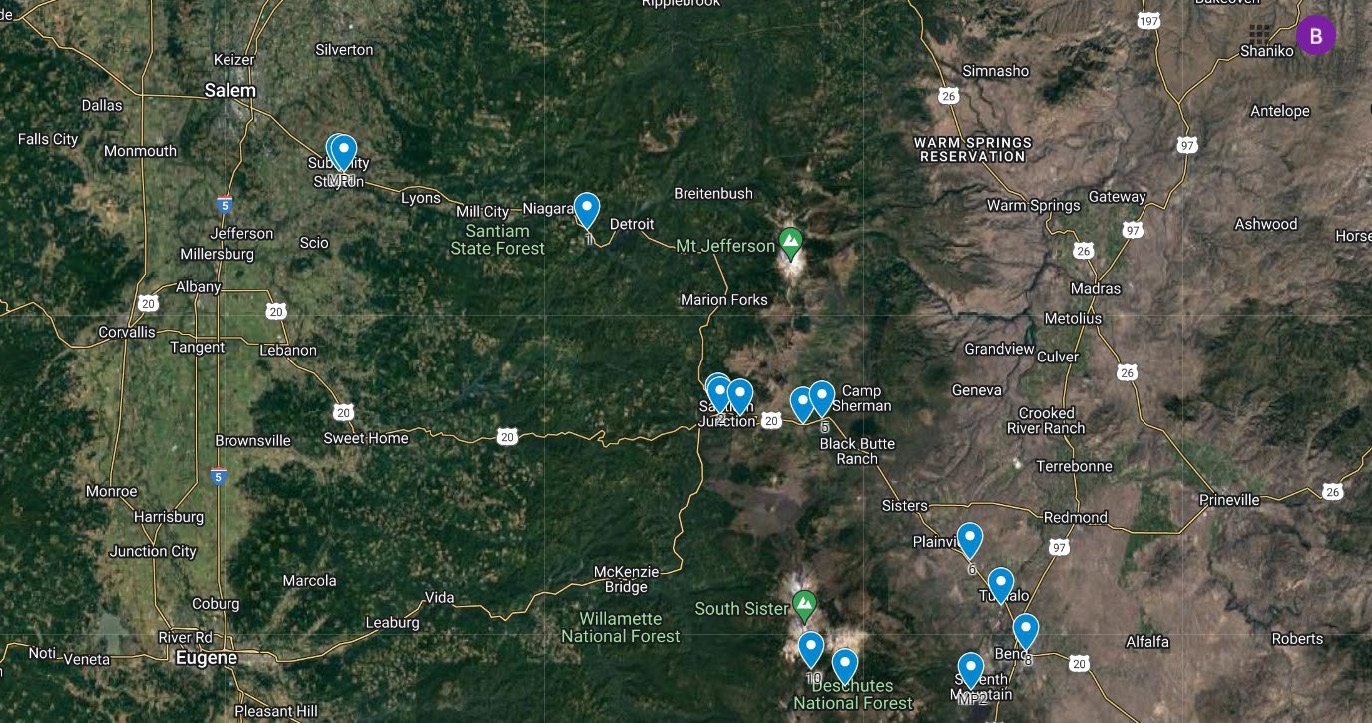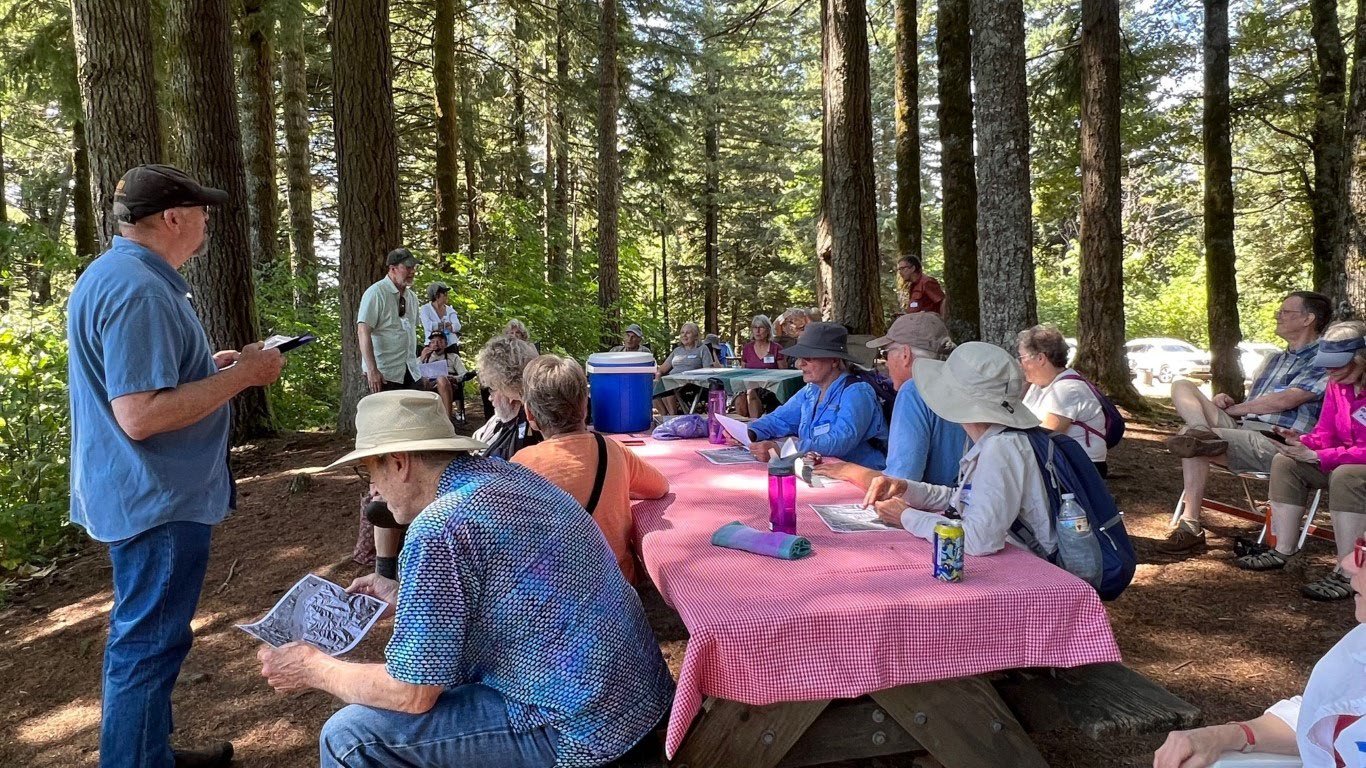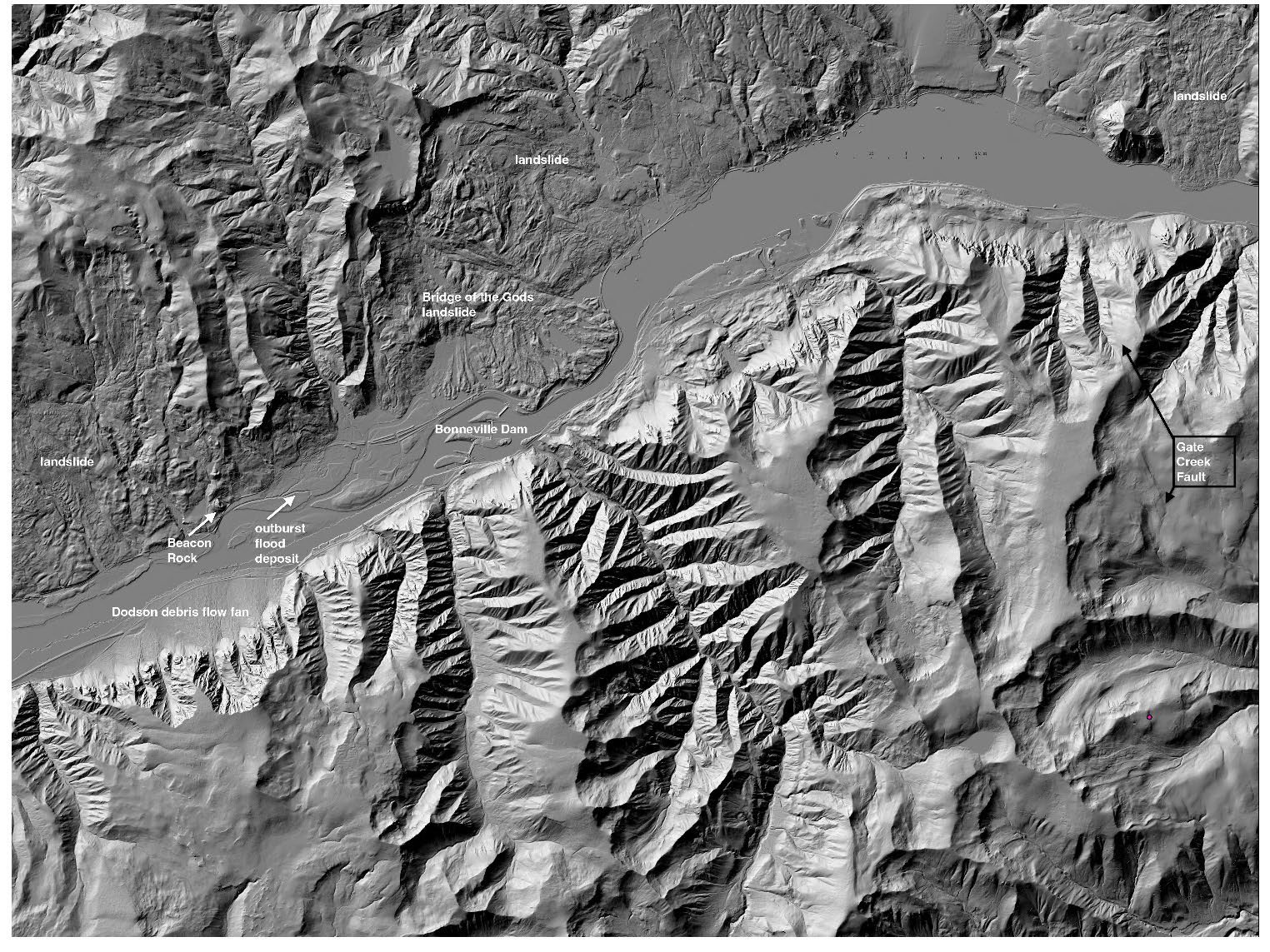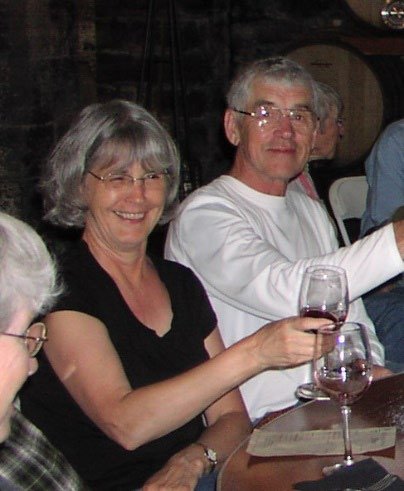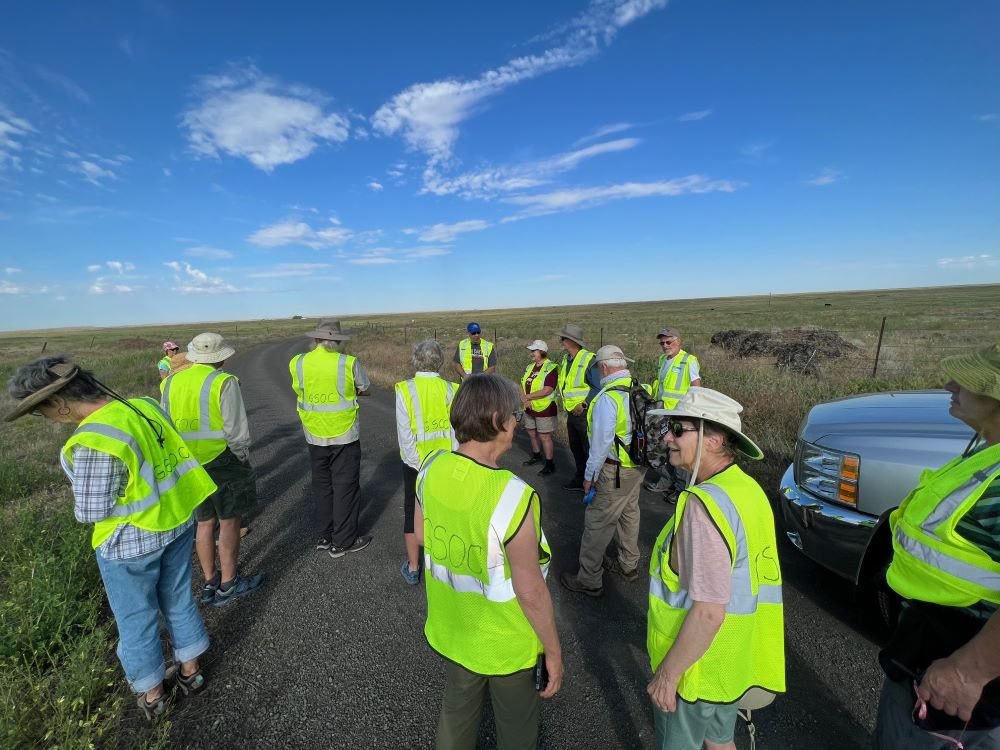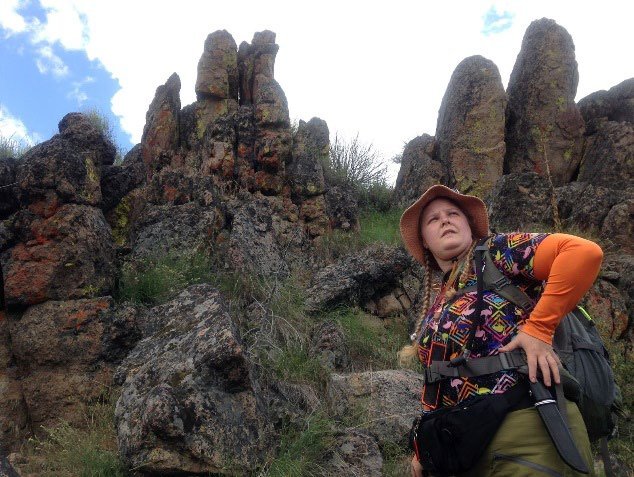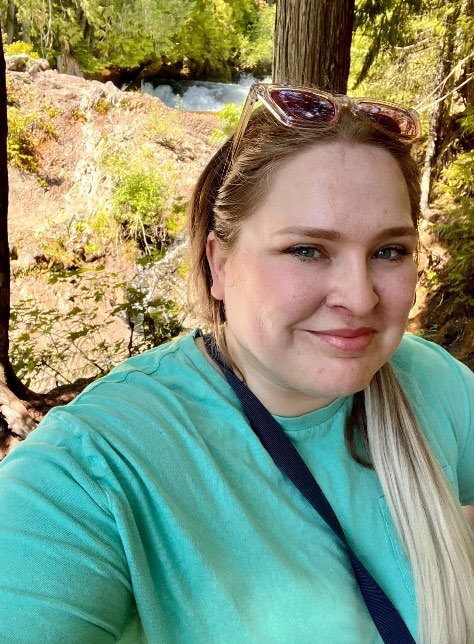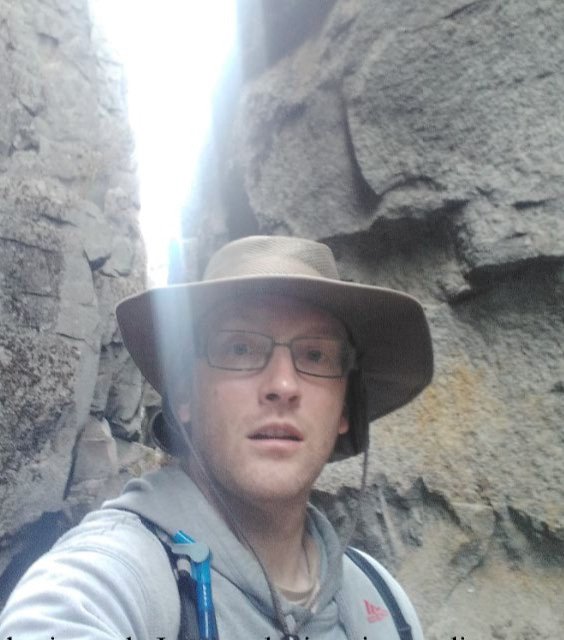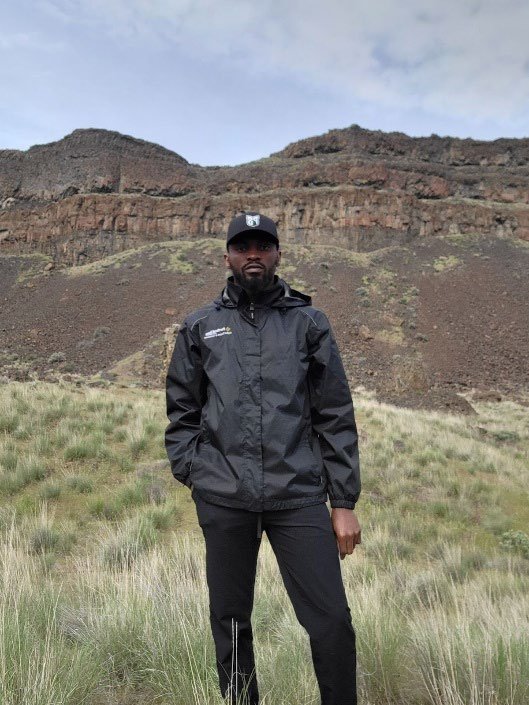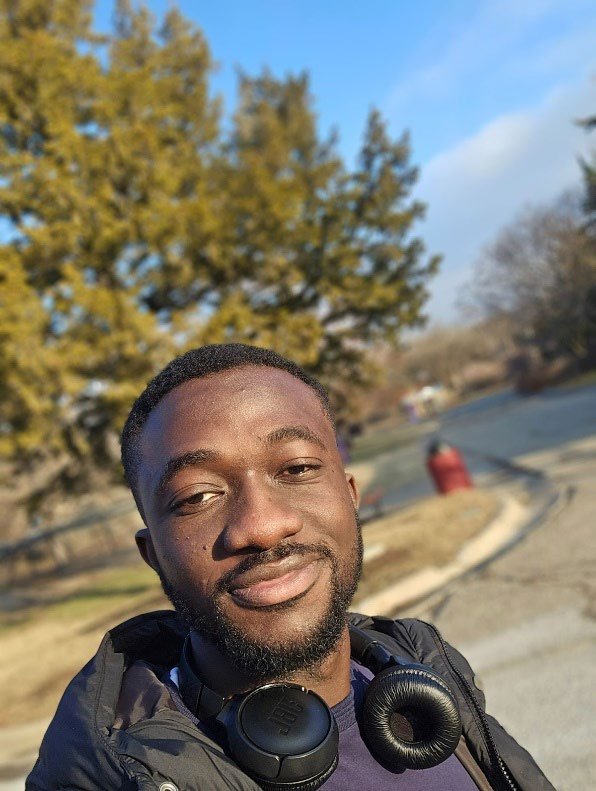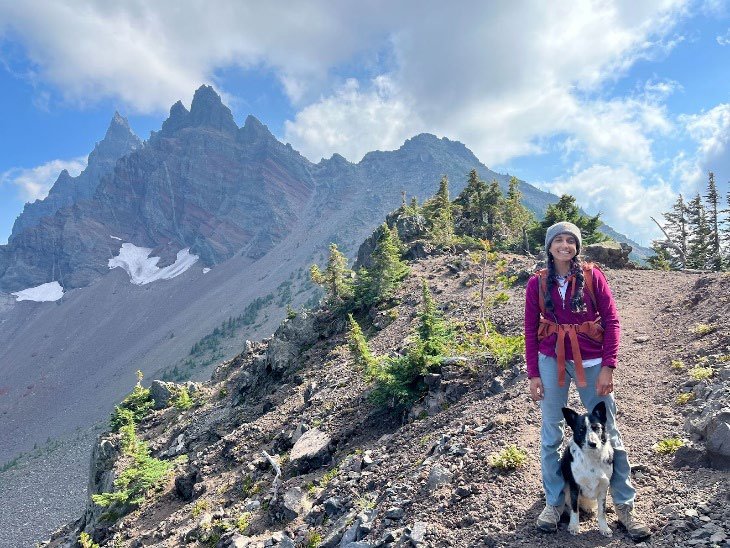Upcoming changes to GSOC organization are being designed to facilitate membership registration and communications and to just “get the jobs done.”
With this edition, GSOC is publishing our last print format newsletter for the foreseeable future. Almost. By now, most of you members have been turning to the GSOC website for your information about what is going on in the club. And that will continue to be the case. For those of you who would like something to download and print, the GSOC board is planning to produce a pdf archive document summarizing the website articles and club activities at the end of each year starting in 2020. Those documents will be available on the website, included in the page with the archived newsletter files.
GSOC is also adopting a new software platform to perform membership registration, renewal and mass email communications starting in 2020. The GSOC Board of Directors will be sending an email to the membership outlining the membership renewal process and will be available to answer questions the members may have regarding the new platform and registration process. It will be important for members to renew their memberships using the process outlined in the email in order to continue to receive society emails and other membership benefits.
Needless to say, all these changes need to also be reflected in the society’s bylaws, and the board is working hard on those changes and is planning to present them to the membership in December 2019, so they can be put to the vote in the society’s annual business meeting in February 2020.
As the outgoing newsletter editor, I would like to express my appreciation for the society and for the opportunity I’ve had for writing and editing The Geological Newsletter. Twenty years have flown by so fast!
– Carol Hasenberg
Read More






